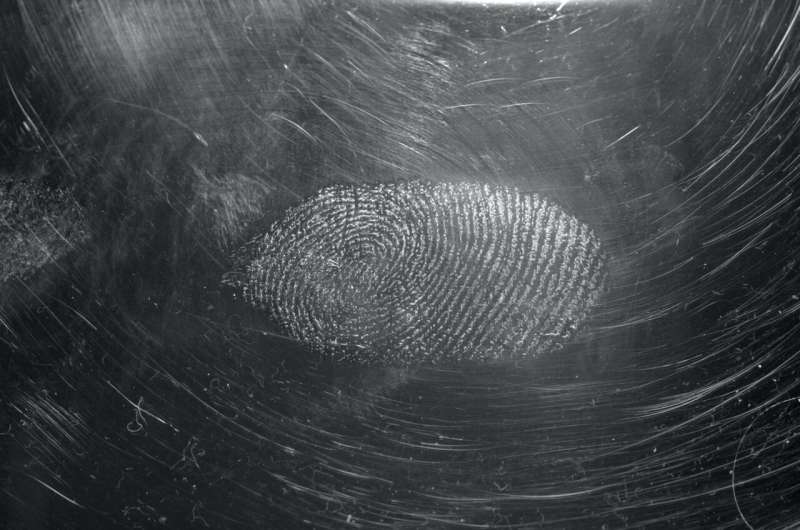Credit: Unsplash/CC0 Public Domain
Methamphetamine is a stimulant that can be taken as a recreational drug, either by injections or smoking. It is classified as a Class A drug in the UK and its recreational use is criminalized in many countries throughout the world.
This includes New Zealand, where the study notes that many concerns have been raised over the presence of methamphetamine contamination in households. One barrier for law enforcement in tackling methamphetamine is a difficulty in detecting low concentrations of methamphetamine residues on surfaces, stymieing any forensic investigation.
A new paper, published in Forensic Science International, aims to address this issue by analyzing the contamination levels on household surfaces resulting from smoked methamphetamine. Former MSc Forensic Science student Salomé Nicolle played a key role in the experiments as part of the course. Working in New Zealand with colleagues at the ESR, Salomé conducted smoking simulations on different household surfaces including acrylic, metal, plaster, tile, and wood surfaces.
Results found that acrylic surfaces retained the most methamphetamine, while tile surfaces retained the least. Through these results, the authors were able to demonstrate that methamphetamine retention was dependent on the material of the surfaces. The data also showed a correlation between the amount of methamphetamine smoked and the residue detected.
Combining an understanding of surface retention of methamphetamine residue and its correlation with smoking could provide a more accurate basis for identifying and calculating how much methamphetamine was smoked from surface residue.
Forensic analysis techniques employed in the study were able to detect residues in a wide range, with the minimum contamination detection level almost four times lower than in previous studies. This indicates that less smokes are needed to identify methamphetamine consumption in a room based on the residue left behind.
In addition to methamphetamine detection, the authors were able to detect the volume of amphetamine—a by-product from smoking. Though the correlation weakens at lower concentrations, Nicolle hopes this could be the basis of future research analyzing amphetamine residues as a method for detecting both methamphetamine consumption and production.
"I hope our results have opened a path for more accurate detection of methamphetamine levels and better knowledge of surface type retention. I also hope our research can be a starting point for looking into the correlation between methamphetamine and amphetamine in more detail," says Nicolle.
More information: M. Russell et al, Deposition of methamphetamine residues produced by simulated smoking, Forensic Science International (2022). DOI: 10.1016/j.forsciint.2022.111407
Journal information: Forensic Science International
Provided by King's College London























